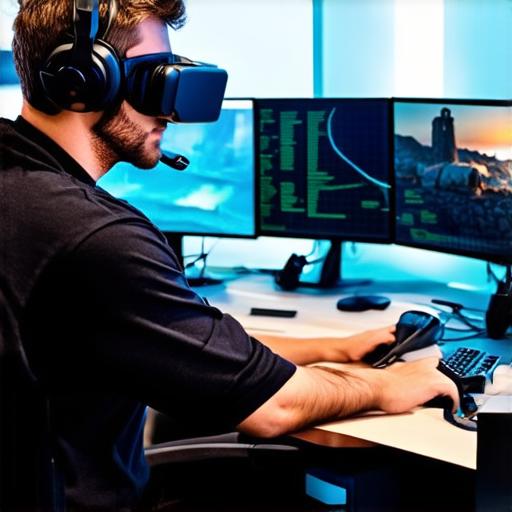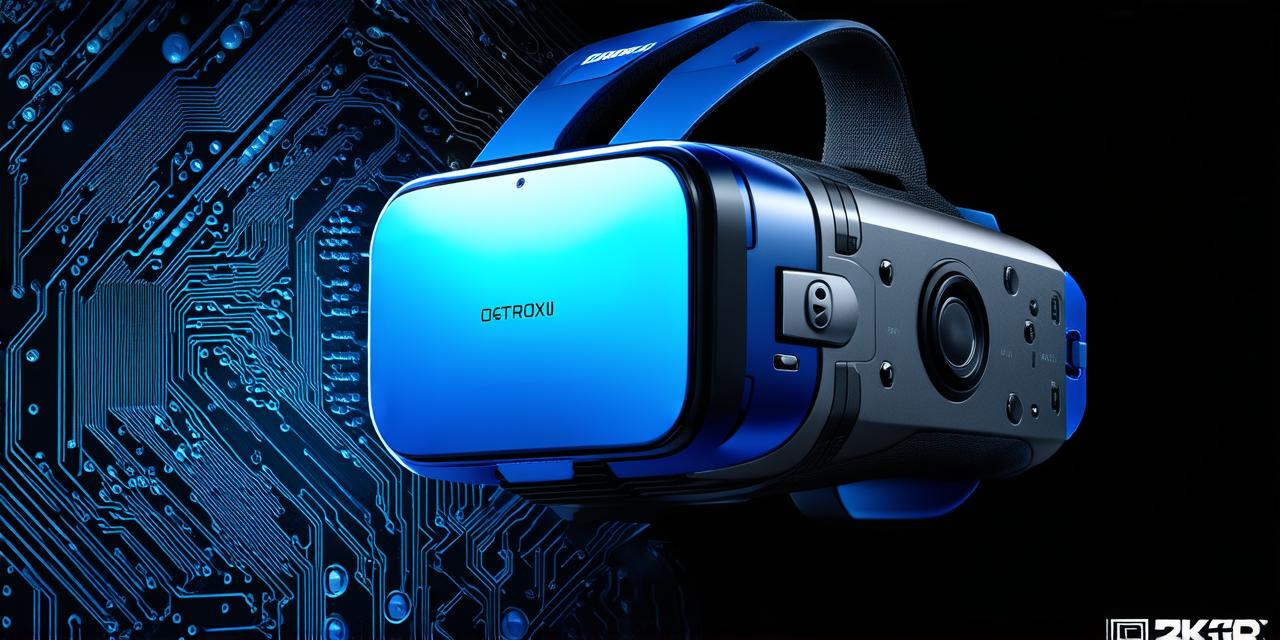Virtual reality (VR) technology has come a long way since its early days, and with it, the potential for creating immersive, interactive games that transport players into new worlds has grown exponentially. If you’re interested in developing a virtual reality game, there are several steps you need to follow to bring your ideas to life.
1. Define Your Concept
The first step in developing a virtual reality game is to define your concept. This involves brainstorming ideas for the game’s storyline, characters, and mechanics. It’s important to consider what makes your game unique and why players would want to experience it in VR. Once you have a clear idea of your concept, you can start thinking about the technical aspects of development, such as hardware requirements and game engine selection.
2. Choose Your Game Engine
There are several game engines available that support virtual reality development, including Unity, Unreal Engine, and CryEngine. Each has its own strengths and weaknesses, so it’s important to choose the one that best suits your needs. Some key factors to consider when choosing a game engine include ease of use, performance, and the size of the community around the engine.
3. Design Your Game World
The next step is to design your game world. This involves creating 3D models of environments, characters, and objects that will be used in the game. It’s important to consider how players will navigate through the game world and what kind of interactions they will have with objects within it. You may also need to create scripts that control the behavior of non-player characters (NPCs) and other game elements.
4. Develop Your Game Mechanics
Once you have a game world designed, you can start developing your game mechanics. This involves creating the rules and systems that govern how players interact with the game world. For example, you might create a system for combat, movement, or puzzle-solving. It’s important to test these mechanics thoroughly to ensure they are balanced and fun to play.
5. Integrate Virtual Reality Elements
The next step is to integrate virtual reality elements into your game. This involves adding support for VR controllers, tracking sensors, and other hardware that will be used by players. You may also need to create special effects and visual cues that are specific to VR, such as depth of field and parallax scrolling.
6. Playtest Your Game
Once your game is ready for testing, it’s important to playtest it thoroughly to ensure it’s fun and engaging for players. This involves recruiting a group of testers to try out the game and provide feedback on its mechanics, design, and overall experience. You may also need to make changes based on player feedback to improve the game.

7. Release Your Game
The final step is to release your game for players to enjoy. This involves submitting it to the appropriate app store or platform for distribution. It’s important to market your game effectively to attract players and generate buzz around its release.
Summary
Developing a virtual reality game can be a complex and challenging process, but with careful planning and attention to detail, it’s possible to create an immersive and engaging experience that players will love. By following the steps outlined in this article, you can bring your game ideas to life and create a successful VR experience for players to enjoy.



